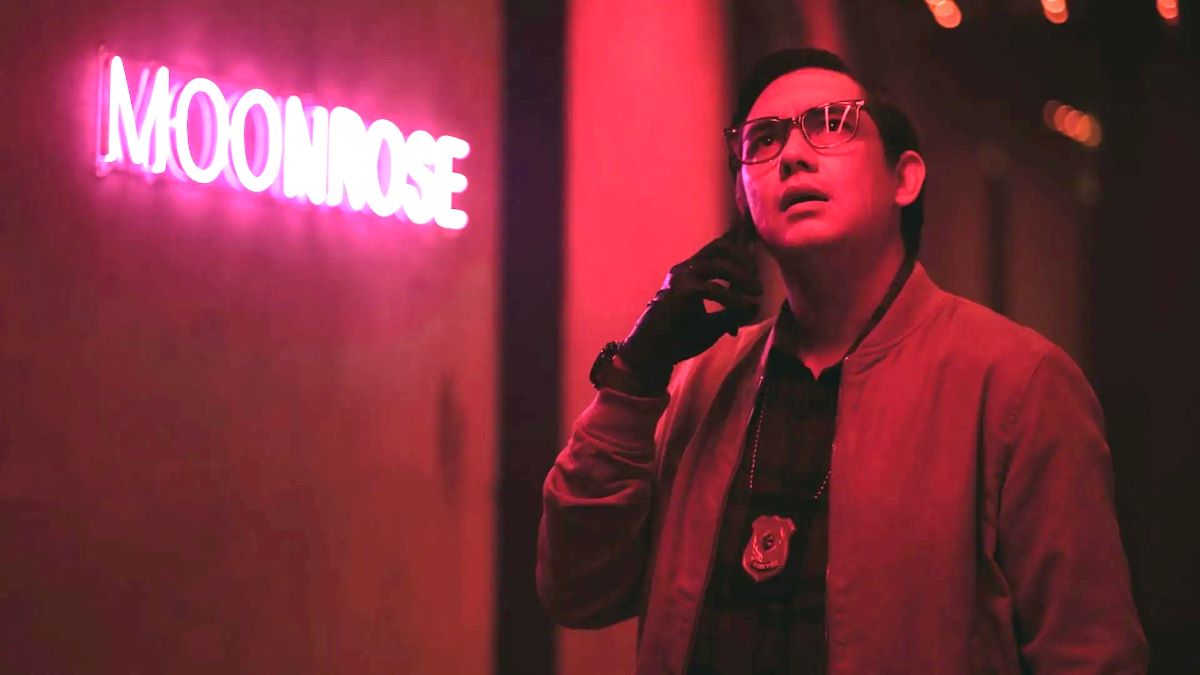If you don’t count a certain pair of reptilian quadruplets, the world of popular cinema has been markedly lacking in proper ninja action. Contract killers and martial artists may still be popping up steadily, but as far as full-on ninjas go, we’ve certainly been deprived.
Whether or not you count the players in The Shadow Strays as ninjas is a matter of how picky you are, but judging by how Timo Tjahjanto’s action thriller is performing on its new home of Netflix, we’re going to guess pickiness isn’t part of the equation here.
Per FlixPatrol, this day of Oct. 20 has seen The Shadow Strays soar to the top of the worldwide Netflix film charts, beating out the likes of Carlo Ledesma’s zombie drama Outside to the fourth place, and leaving Anna Kendrick’s much-lauded directorial debut Woman of the Hour in seventh place.
The Shadow Strays stars Aurora Ribero as a 13, an up-and-coming member of the Shadow — a group of deadly assassins who will kill absolutely anybody without any exceptions, so long as the payment is right. A botched hit leads her to get suspended in a nondescript city that happens to be under the thumb of a crime syndicate. When 13’s innate compassion leads her to take care of the recently orphaned Monji, it becomes the driving force for hunting down his eventual kidnappers, who are attached to the same syndicate that killed Monji’s mother. And as the bodies pile up, so do her enemies.
Now, with respect to The Shadow Strays‘ mission statement of being crafted especially for gorehounds, it only just manages to tread water as a whole. Even with its undeniably impressive commitment to brutal combat scenes (plenty of which are visually interesting enough to hook its most specific audience with ease), it is simply not possible to justify a two-and-a-half-hour runtime on such a thing just by itself.
This is to say that there are other aspects to the film, but none of them are given nearly enough attention to support the action scenes in any meaningful way. The emotional core — interested in such things as the necessary complexity of human beings and our ultimate penchant for compassion — is an afterthought more than anything, and the drama that it’s built upon is both textually and presentationally unfocused (which is to say that we spend a lot of time with characters that don’t add anything meaningful to the story, and when we spend time with those who do, the dramatic contributions are sparse anyway).
In this way, The Shadow Strays seems to be borrowing from the John Wick playbook without fully understanding what makes those films work the way they do. Beyond the next-level technical expertise of the goon-dropping sequences, the John Wick films put a pronounced emphasis on the mythology of its world; a mythology defined by sects, rules, and hierarchies that create an entirely unique landscape for the proceedings to take place in.
This allows the John Wick films to keep every obstacle and interaction more interesting than the last via the direct, diegetic influence of the world-specific nuances and constraints (the blood oath medallion from John Wick: Chapter 2 is a great example). And, importantly, this whole framework ties back to an infinitely curious thematic identity surrounding the role that rules play in our quest for civility. This is how John Wick earns its excess of pure action sequences.
If The Shadow Strays had perhaps leaned into the history of their titular organization and come up with a hook that sets them apart from other cinematic leagues of assassins, it would have found much more of a thrust. But at the end of the day, Netflix audiences seem perfectly satisfied with its bull-headed, swords-and-splatter plan of attack. You do you, gorehounds.
